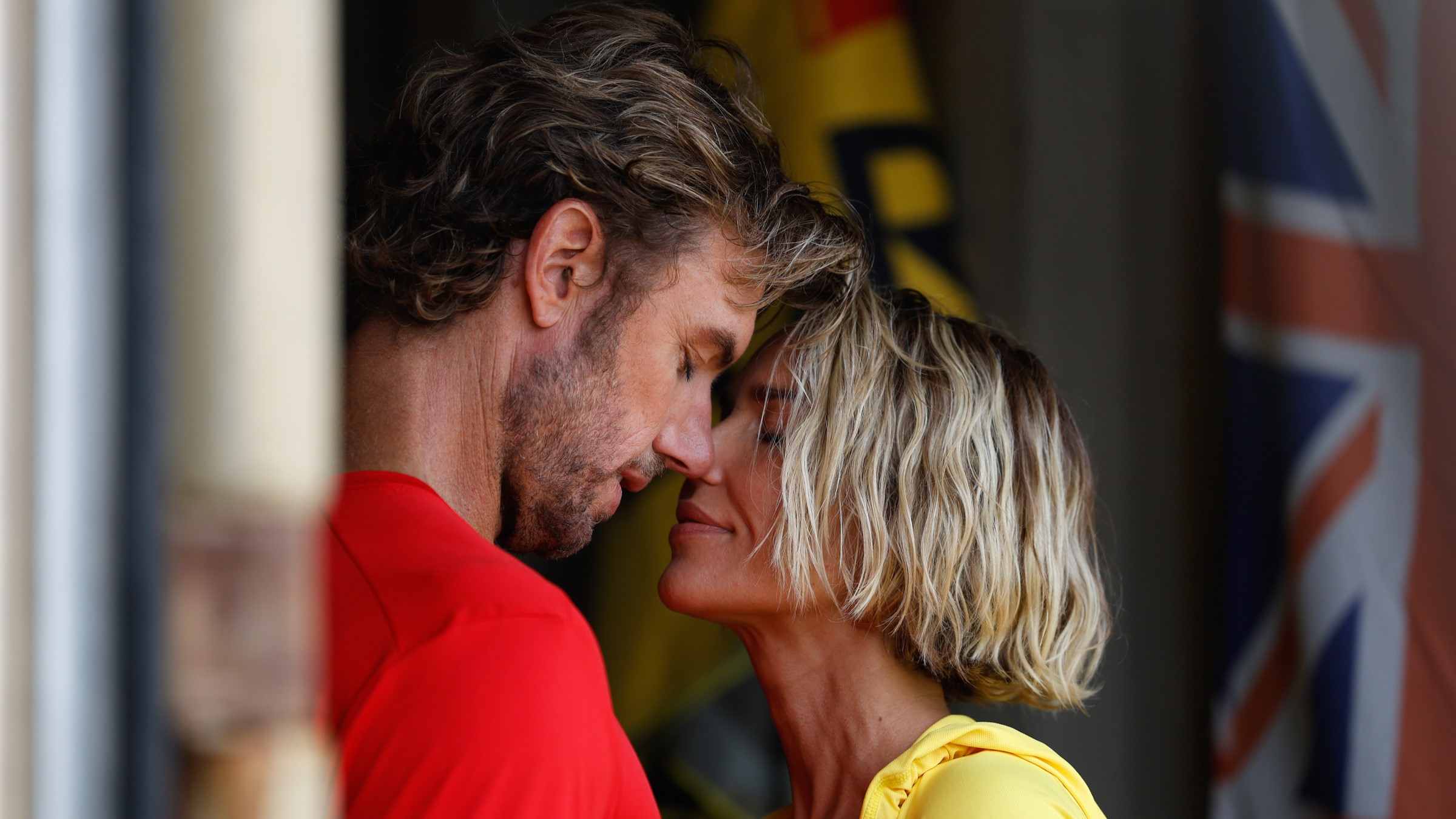Unlock the Editor’s Digest for free
Roula Khalaf, Editor of the FT, selects her favourite stories in this weekly newsletter.
The manufacturer of the superyacht that sank off Sicily, causing the deaths of UK tech entrepreneur Mike Lynch and at least five others, has said the boat was “absolutely safe” and the crew should have had time to evacuate the passengers.
Giovanni Costantino, chief executive of The Italian Sea Group, which owns several boat brands including the yacht’s builder, Perini Navi, told the Financial Times that Bayesian “was designed to be absolutely stable and carry . . . the world’s second-tallest mast”.
“The boat sank because it took on water,” Costantino said, suggesting that proper procedures were not followed.
He suggested the large opening just above the waterline on the stern, which pivots down to make a bathing platform and launching point for small boats, may have been open and become flooded, and the same might have been true for another waterline opening on the side.
Italian and UK authorities, which are investigating the circumstances of the incident, have not yet said when the boat started filling with water, whether vulnerable hatches were open, or whether the crew started the engine and tried to manoeuvre out of danger.
The Italian coastguard has said divers had found no breaches in the hull and the mast was intact. The vessel — a 540-tonne, British-registered yacht designed by Ron Holland and built in 2008 — was resting on the seabed on its starboard side.
James Cutfield, Bayesian’s skipper, did not immediately respond to the FT’s request for comment. His brother told the New Zealand Herald that Cutfield was “a very good sailor” and “very well respected” in the Mediterranean.
Costantino said it took 16 minutes from the time the boat was caught by the wind and started dragging its anchor near Porticello before it finally sank, which should have given the crew time to secure the vessel and save the passengers.
“The torture lasted 16 minutes. It went down, not in one minute as some scientists have said. It went down in 16 minutes,” Costantino said. “You can see it from the charts, from the AIS [Automatic Identification System] tracking chart.”
The FT has verified that AIS data is consistent with Costantino’s timings, but it is not possible at this stage to confirm his belief about what may have happened during that period.
“The captain should have prepared the boat and put it in a state of alert and of safety, just like the boat [Sir Robert Baden Powell] anchored 350 metres away, which was built in 1957 and handled the [weather] event brilliantly,” said Constantino.
Karsten Borner, the skipper of that boat, described to reporters in Sicily how he turned on his engine and manoeuvred to control his vessel and avoid a collision with Bayesian. He saw Bayesian heel over and then lost sight of it, before spotting a red flare from Bayesian’s life raft. He rescued the 15 survivors.
Costantino said Cutfield, a 50-year-old New Zealander, “should have locked everything up. He should have gathered all passengers in the safe point. This is protocol. No one should have been in their cabin. [You should] turn on the engine, weigh [raise] anchor, [point the] bow to the wind and lower the keel. This would have added stability, safety and comfort”.
It has not been confirmed by divers whether Bayesian’s long retractable keel was in the safer, lowered position or raised to allow entry to shallow water.
According to ISG, when the boat’s keel is raised, Bayesian can withstand an inclination of up to 73 degrees; when the keel is lowered, she can tilt by up to 88 degrees — a nearly flat position with the mast on the water — without capsizing.
But Costantino does not believe the position of the keel was the issue. He said that once it was clear the boat was taking on water — CCTV footage from the shore showed the lights going out, presumably when water reached the generators or the electrical panels, he said — there should have been time to get everyone off the boat and into the life rafts.
“Jesus Christ! The hull is intact. The water came in from [hatchways] left open. There is no other possible explanation. If manoeuvred properly, the boat would have comfortably handled the weather — comfortably,” he said.


























































![Mason Ramsey – Twang [Official Music Video] Mason Ramsey – Twang [Official Music Video]](https://i.ytimg.com/vi/xwe8F_AhLY0/maxresdefault.jpg)






















